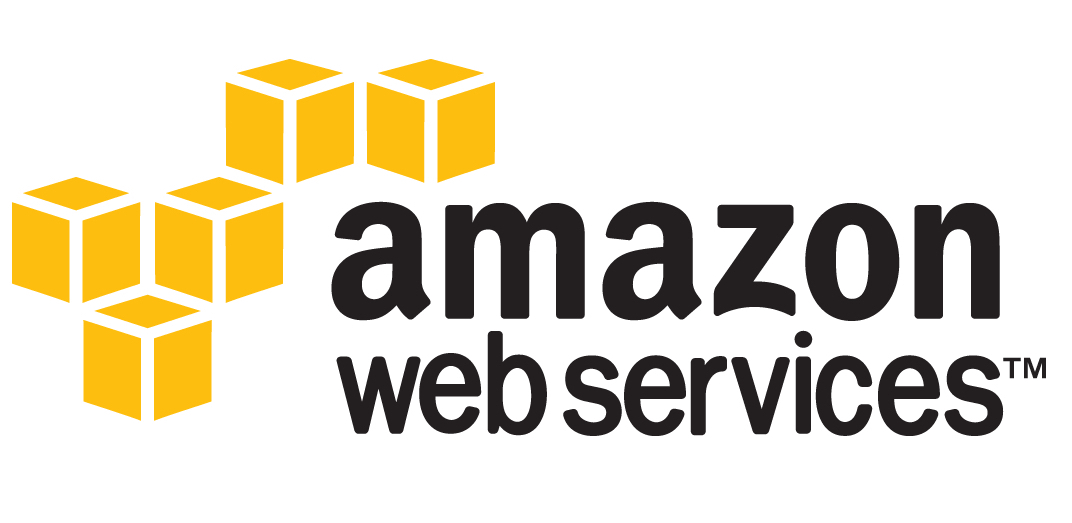what is vps in amazon

Virtual Private Servers (VPS) are a popular choice for hosting websites and applications due to their scalability, flexibility, and cost-effectiveness. Amazon Web Services (AWS) offers VPS solutions through its Elastic Compute Cloud (EC2) service, allowing businesses and developers to easily deploy and manage virtual servers in the cloud.
In this blog article, we will provide a detailed and comprehensive guide to understanding VPS in Amazon. We will explore what VPS is, how it works within the Amazon infrastructure, and the benefits it offers for businesses. Whether you are a beginner exploring cloud hosting options or an experienced user looking to optimize your AWS environment, this guide will equip you with the knowledge needed to make informed decisions.
1. Understanding Virtual Private Servers (VPS)
In this section, we will define the concept of VPS and explain how it differs from shared hosting and dedicated servers. We will discuss the key features and advantages of VPS, such as resource isolation and root access, making it an ideal choice for businesses with specific requirements.
2. Introduction to Amazon Web Services (AWS)
Here, we will provide an overview of Amazon Web Services, highlighting its position as a leading cloud computing platform. We will briefly discuss the various services offered by AWS and emphasize the relevance of EC2 in the context of VPS hosting.
3. Amazon EC2: The Foundation of VPS in Amazon
In this section, we will delve deeper into Amazon Elastic Compute Cloud (EC2) and its role in enabling VPS hosting within the AWS ecosystem. We will explain the key components of EC2, such as instances, images, and security groups, and how they contribute to the seamless deployment and management of virtual servers.
4. Choosing the Right VPS Instance Type
With a wide range of instance types available in Amazon EC2, selecting the right one for your specific needs can be challenging. In this section, we will discuss the different instance types and their characteristics, helping you make an informed decision based on factors like CPU, memory, storage, and network performance.
5. Configuring and Launching Your VPS Instance
Now that you understand the fundamentals, it's time to put your knowledge into action. We will guide you through the process of configuring and launching your VPS instance in Amazon EC2, providing step-by-step instructions and best practices to ensure a smooth setup.
6. Managing Your VPS Environment
Once your VPS instance is up and running, it's crucial to effectively manage and optimize your environment. In this section, we will cover essential aspects such as monitoring, scaling, security, and backup strategies, equipping you with the necessary tools to maintain a stable and secure VPS environment.
7. Integrating VPS with Other AWS Services
AWS offers a wide range of services that can be seamlessly integrated with your VPS environment, enhancing its functionality and capabilities. We will explore popular AWS services like Amazon S3 for storage, Amazon RDS for databases, and Amazon CloudFront for content delivery, demonstrating how they can complement your VPS setup.
8. Cost Optimization and Pricing Models in VPS
Cost is a significant factor to consider when utilizing VPS in Amazon. We will discuss various pricing models, such as on-demand, reserved, and spot instances, allowing you to optimize costs based on your usage patterns and budget constraints. Additionally, we will highlight cost-saving strategies and tools available within AWS.
9. Best Practices for VPS Performance and Security
To ensure optimal performance and security of your VPS environment, we will outline a set of best practices and recommendations. From optimizing resource allocation and implementing security measures to utilizing load balancers and CDN services, you will learn how to maximize the efficiency and protection of your VPS setup.
10. Future Trends and Advancements in VPS
In this final section, we will explore emerging trends and advancements in the field of VPS. From serverless computing and containerization to AI-driven automation and edge computing, we will discuss how these technologies are shaping the future of VPS and what it means for businesses.
In conclusion, VPS in Amazon provides a reliable and scalable solution for hosting websites and applications. This comprehensive guide has equipped you with a detailed understanding of VPS, its integration with Amazon Web Services (AWS), and the various factors to consider when deploying and managing your virtual servers. By following best practices and leveraging the extensive AWS ecosystem, businesses can optimize their VPS environments for superior performance, security, and cost-efficiency.
Whether you are a small business owner, a developer, or an enterprise looking to harness the power of the cloud, VPS in Amazon offers the flexibility and functionality required to meet your unique hosting needs. Start exploring the possibilities today and take advantage of the robust infrastructure provided by AWS.




